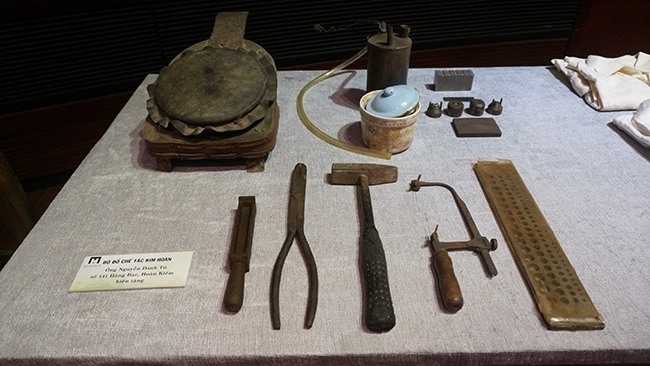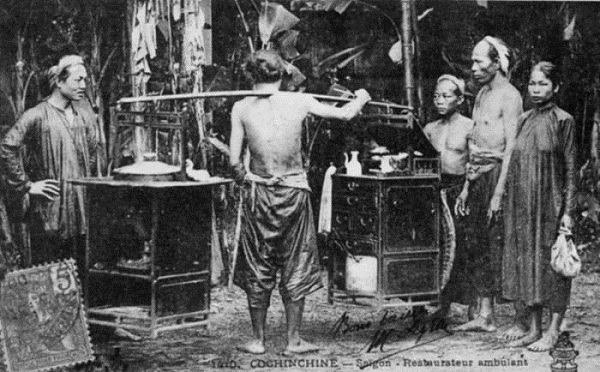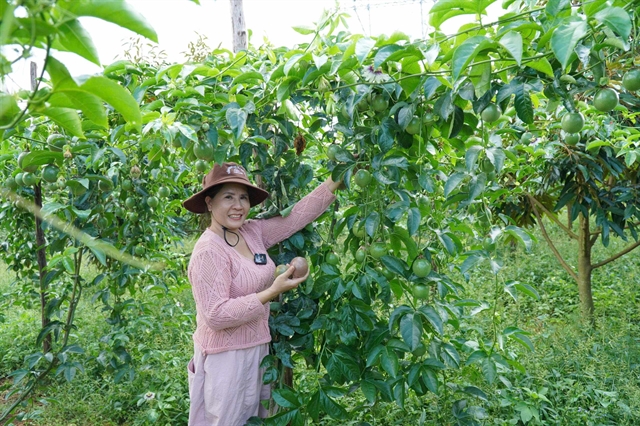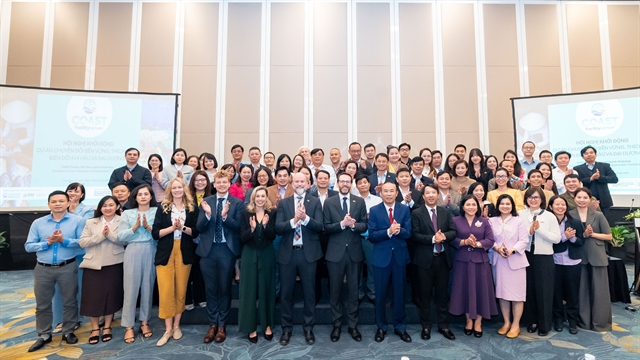 Life & Style
Life & Style

Silversmith Quách Phan Tuấn Anh from Định Công Ward donated a set of silver carving tools to the Hà Nội Museum with aim of promoting the traditional handicraft which was passed down from his grandfather to his father.
 |
| Passed down: A set of silver carving tools donated by artisan Quách Phan Tuấn Anh. — VNS Photo Minh Thu |
HÀ NỘI — Silversmith Quách Phan Tuấn Anh from Định Công Ward donated a set of silver carving tools to the Hà Nội Museum with aim of promoting the traditional handicraft which was passed down from his grandfather to his father.
These devices have been used in silver carving in his family for a century. His father Quách Văn Trường, 86, told him many times to promote and preserve the traditional handicraft.
“Donating these objects to the museum, I expect that many people will understand more about silver carving and the history of the trade in Định Công Village (now Định Công Ward),” said Anh.
The set of silver carving utensils is one of more than 1,000 artefacts and documents which individuals and organisations have recently donated to the Hà Nội Museum for exhibition and research.
The objects feature the religious beliefs and lives of Hanoians in the early 20th century, during the resistance war and the subsidy period, said museum director Nguyễn Tiến Đà.
In particular, a number of artefacts feature craft villages and the traditional professions of ancient Hanoians.
"All of the artefacts and documents that the museum has received during this time hold cultural and spiritual value, demonstrating the development of Hà Nội through historical periods," Đà said.
 |
| Traditional tastes: Gánh phở in a documentary photo stored by the Hà Nội Musem. A similar mobile kitchen has been donated to the Hà Nội Museum. |
Among the objects, there are hand-written letters, wedding photos taken in the 20th century and Bát Tràng pottery.
Phở seller Vũ Ngọc Vượng donated a gánh phở-- a mobile kitchen of roaming street vendors selling noodle soup—to remind museum-goers of the past when phở was sold on shoulders of vendors. This mobile kitchen has been used in his family for many years.
A visit to the museum will be the first opportunity many young people will have to see how phở was cooked and sold in an old-style mobile kitchen. From the pole hung two wooden cabinets, one housing a cauldron over a wood fire, the other storing noodles, spices, cookware and space to prepare a bowl of phở. The heavy gánh was always shouldered by men.
“By the 1930s, gánh phở — roaming vendors shouldering mobile kitchens on bamboo poles — had become a ubiquitous sight on the streets of the Old Quarter,” said Đà.
He noted that there are artefacts and antiques that organisations and individuals have carefully preserved for many years, over generations, which play a crucial role in the operation of the Hà Nội Museum.
Đà also expressed his gratitude to the donors, affirming that the donated artefacts are suitable for the museum’s exhibition plans for 2019.
Đà called on individuals and organisations at both home and abroad to continue to donate documents and artefacts to the museum. — VNS




